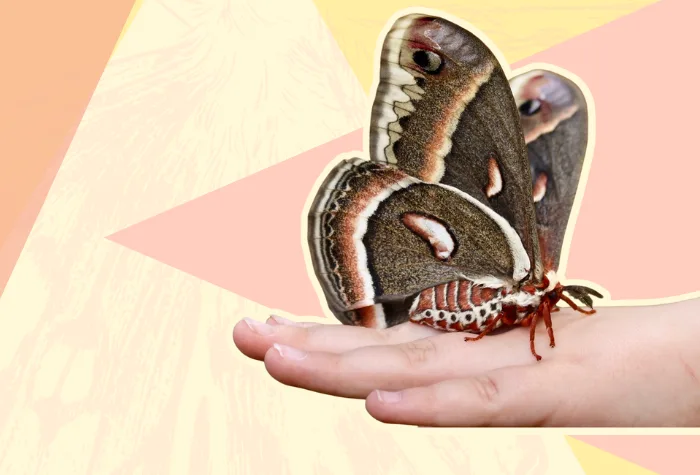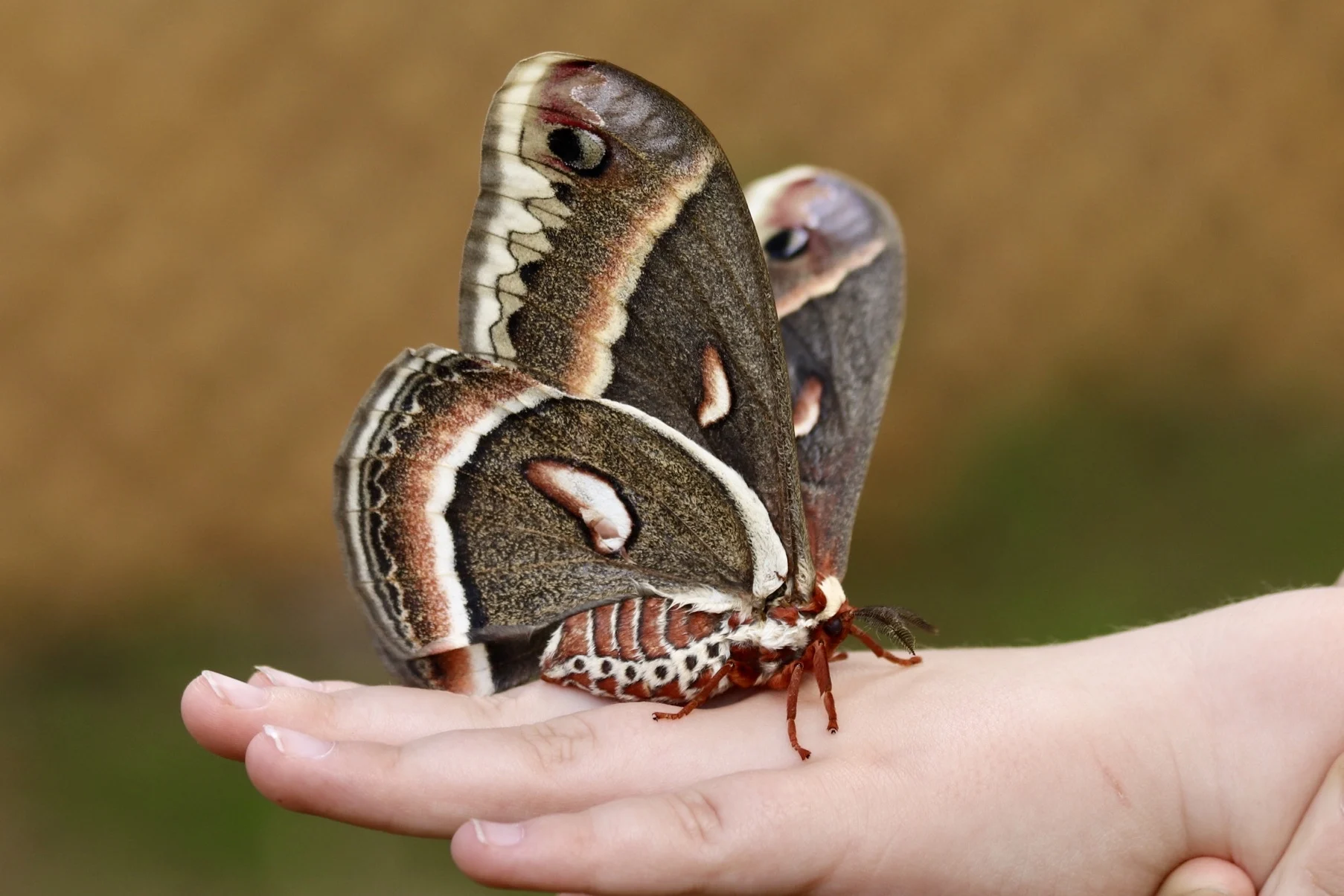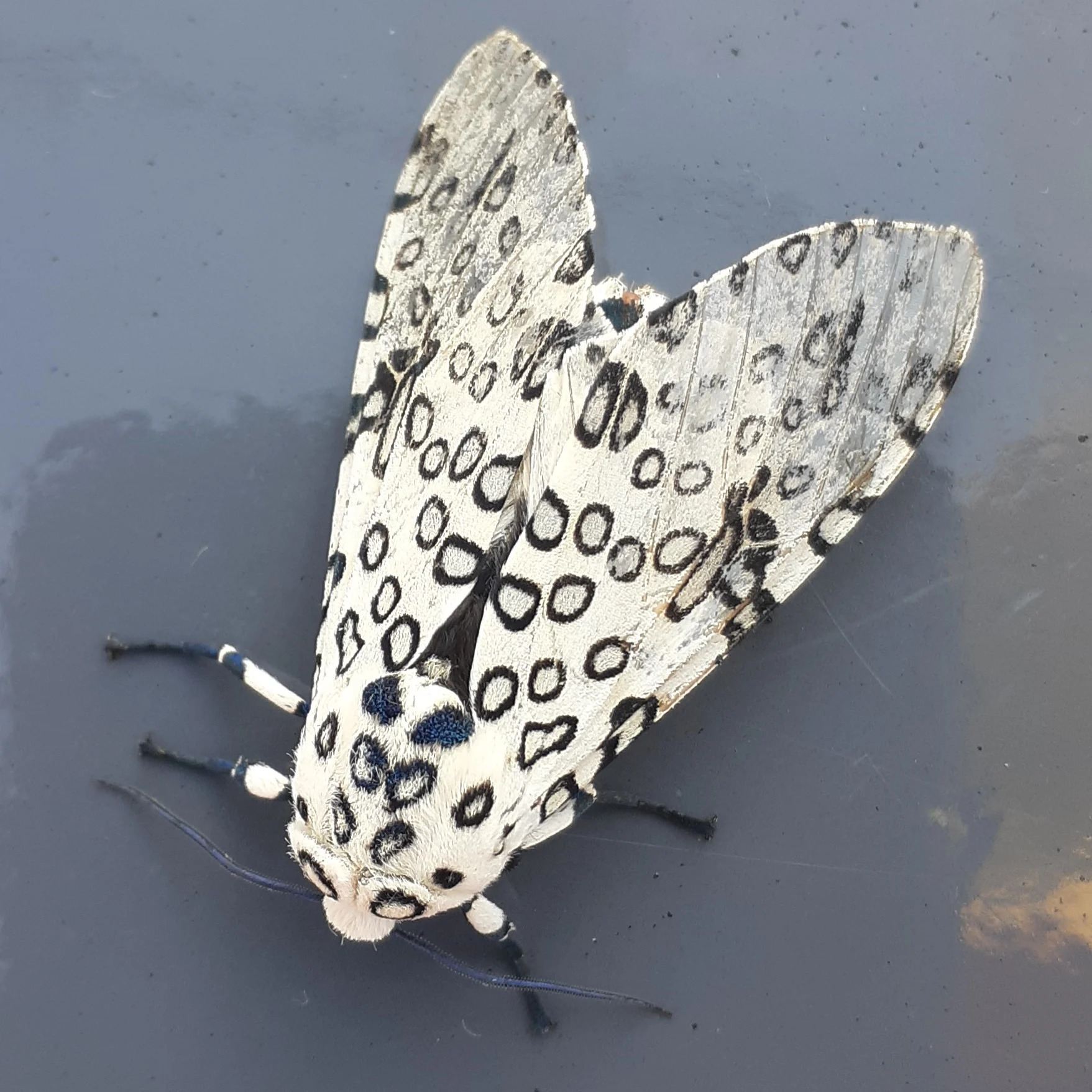
There's a lot to love about great Canadian moths
We love moths here at The Weather Network, and judging by the number of photos and videos you send us, so do you.
In honour of National Moth Week, we're shining a spotlight on one of our favourite pollinators.
Canada is home to approximately 5,000 moth species, and we still have a lot to learn about them. Some of that has to do with the fact that many moths are nocturnal, visiting plants and pollinating crops when the world is asleep.
One 2017 study out of the UK found that in addition to transporting pollen from several plants also frequented by bees, butterflies, and hoverflies, moths also interact with plants that are often overlooked by those daytime fliers.
"One of the crucial things about moths is that we probably don't even know the relationships that we are losing with moths and plants," Junaid Khan, a research ecologist and pollinator stewardship coordinator with Pollinator Partnership Canada, told The Weather Network in March.
Here are a few examples of great Canadian moth species, featuring photos sent in by you.
HUMMINGBIRD MOTH

Photo submitted to The Weather Network by Leslie Karniszewski
There are four species of hummingbird moth in North America, and all of them have evolved alongside the plants they pollinate.
Like real hummingbirds, these moths can hover in the air for a long time, using a long tongue to drink nectar from tube-shaped flowers.
CERCROPIA MOTH

Cercropia moths are large, and so are their caterpillars. Photo submitted to The Weather Network by Jenn.
With a wingspan of up to 18 centimeters, this is the largest moth species in North America.
There are a few moth species that don't have a mouth when they reach the adult phase, the cecropia being one of them. Their sole purpose is to mate, and once they've reached this life stage, they die after about two weeks.
EYE CATCHING MOTHS
If you’re into flashy designs, you’ll LOVE Canada’s very own rosy maple moth and the giant leopard moth.
The rosy maple moth is a bit of an internet celebrity after podcaster Rebecca Lavoie posted a photo of one on her deck.
This species is native to North America and has been recorded in southern Ontario, Quebec, New Brunswick, Nova Scotia, and Prince Edward Island.
You can also find it along the east coast of the U.S. and in Florida, usually in wooded areas and near maple trees - but it's not uncommon to see them in residential areas if their host tree is nearby.
Colours can range from white to a vibrant yellow, with dark pink markings.
While caterpillars, rosy maples carry toxins that can irritate the skin when touched.

Photo of a rosy maple moth, submitted to The Weather Network by Claudette McKee
The giant leopard moth is nocturnal and you can catch it flying between April and September.

Photo of a giant leopard moth, submitted to The Weather Network by Shannon Warren
Its caterpillars are one of the woolly bear varieties, which is a subject of weather folklore. Legend has it the length of the black bands on woolly bear caterpillars in the fall can predict the severity of the upcoming winter.
Long black bands indicate a harsh winter ahead, and shorter black bands suggest a milder winter.
GET TO KNOW YOUR LOCAL MOTHS
You don't have to travel to a museum or zoo to get to know the moths in your area. “If you got yourself an evening free in the middle of summer, go out into a field, set up a white sheet, and just shine a light on it," Khan suggested.
This practice is called "mothing" and it's a great way to attract all the moths in town.
"Watching moths at night is really cool. That's how you can get to know who's around you.”










